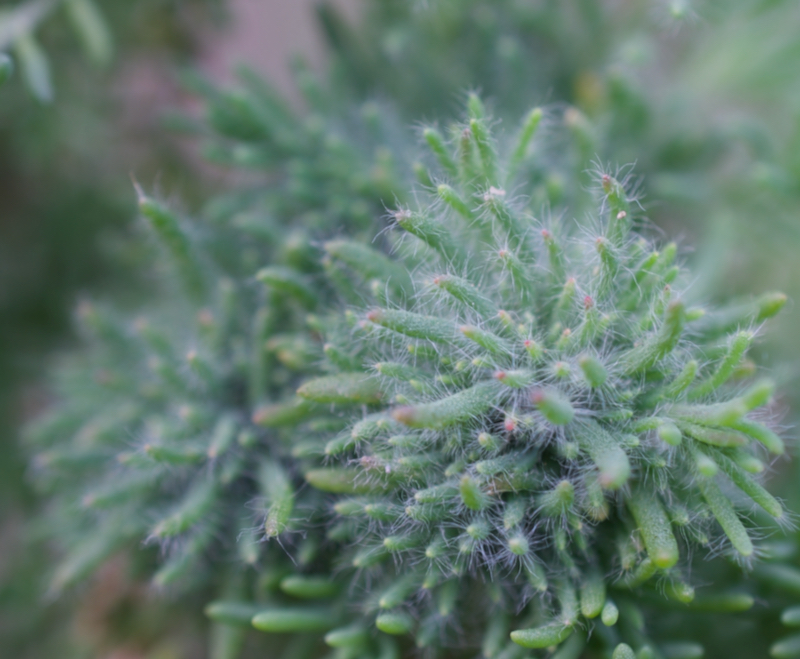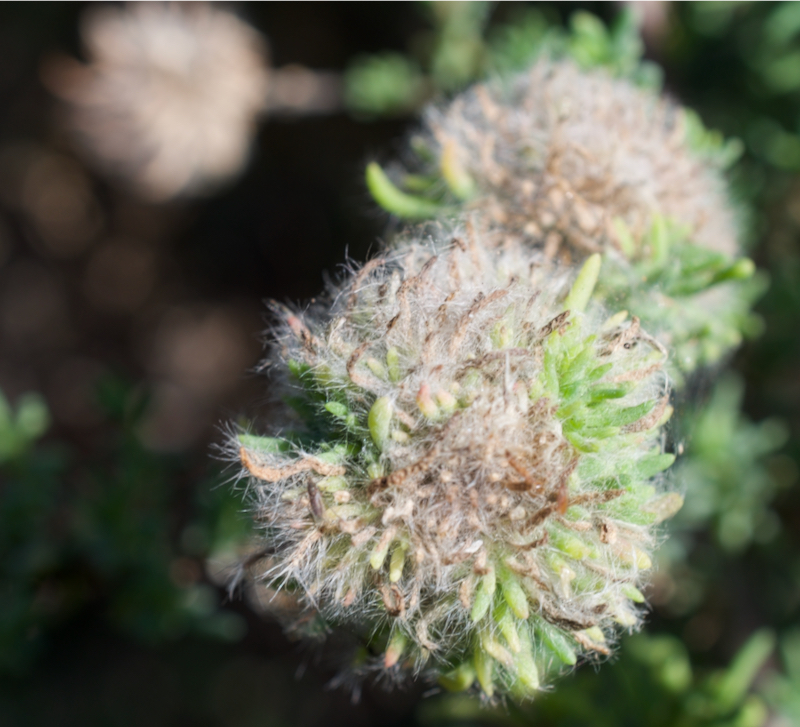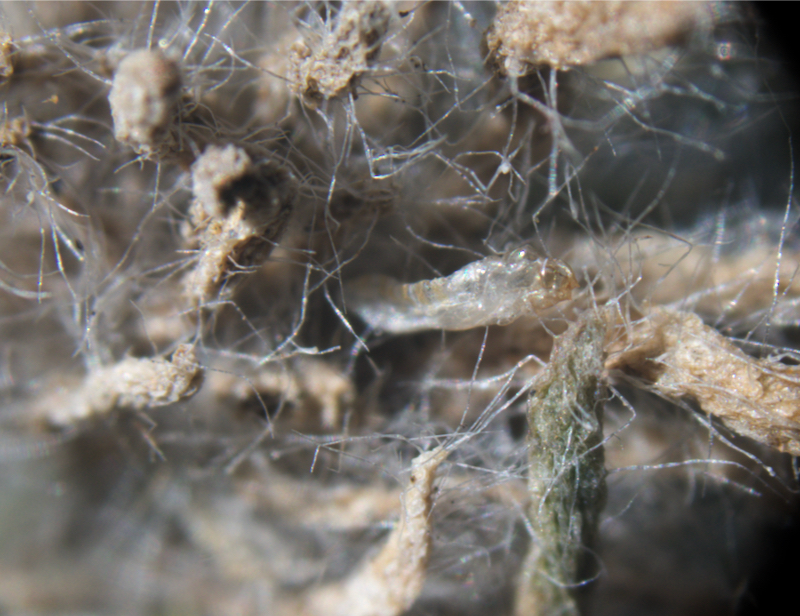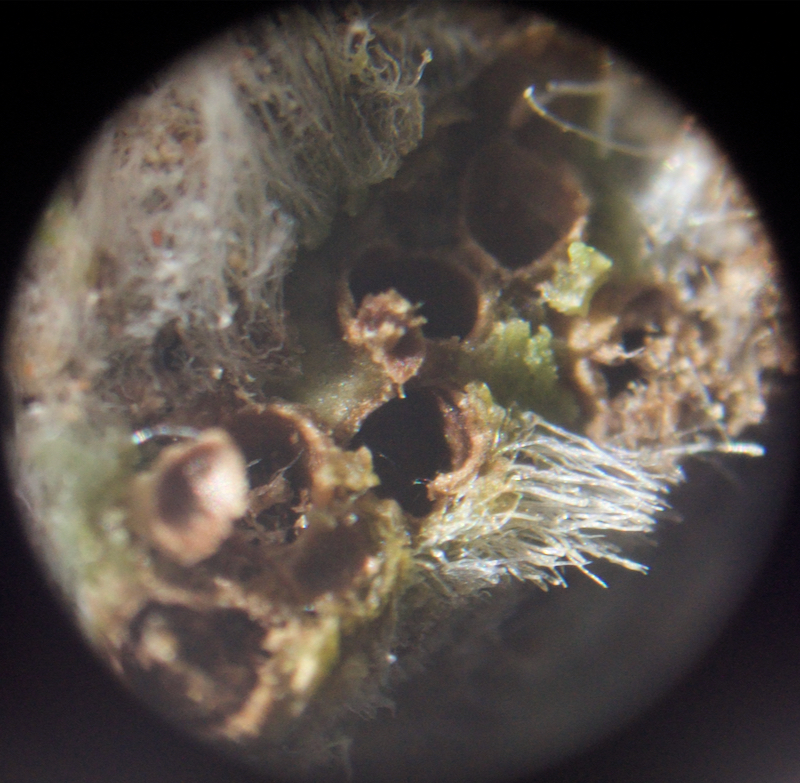Acacia calamifolia, also known as Wallowa, flowering in September in Parachilna Gorge in the Flinders Ranges.
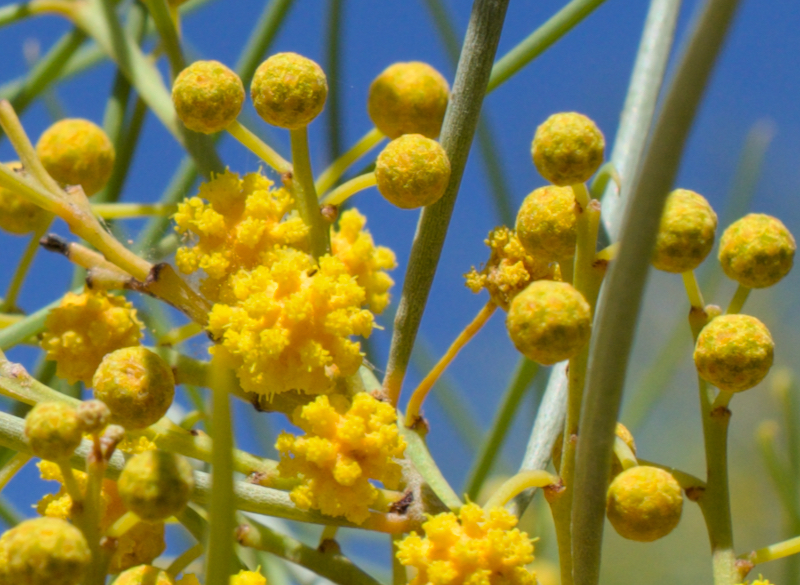
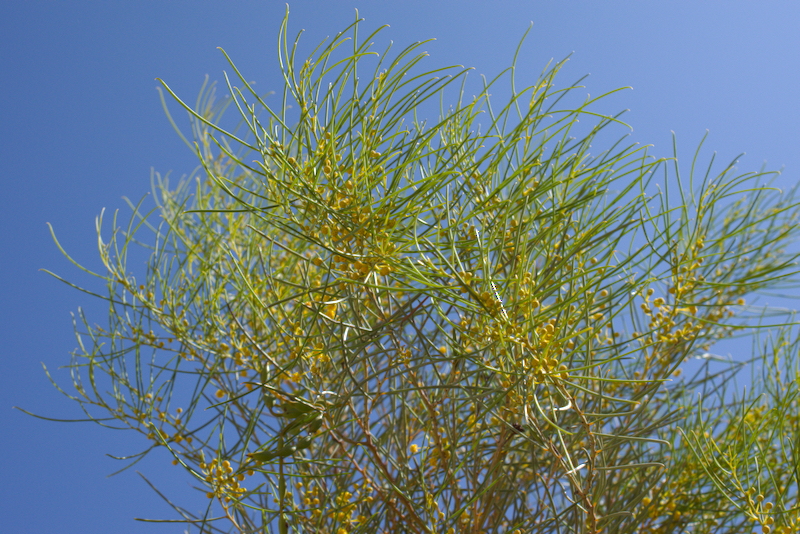
Acacia calamifolia, also known as Wallowa, flowering in September in Parachilna Gorge in the Flinders Ranges.


Domino bee (Thyreus lugubris) feeding on Eremophila duttonii at Wilpoorinna, north of the Flinders Ranges.

Green Emubush, Eremophila serrulata, flowering on the rocky slopes of the Acacia Ridge Trail, Arkaroola.

After nearly 15 years out of print, the second, fully revised edition of Plants of Outback South Australia has been published. A collaboration between the State Herbarium of South Australia (Botanic Gardens and State Herbarium) and the Pastoral Unit (Department for Environment and Water), this is a key field guide to South Australia’s arid lands.
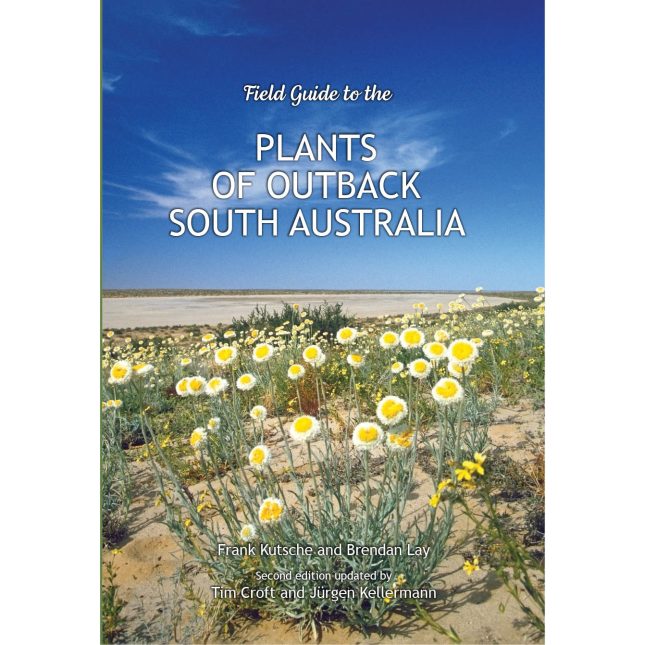
Cassinia laevis, the native Curry Bush in flower, pollinated by a European bee at Ikara-Wilpena Pound in mid summer.

Dodonea lobulata, the Lobe-leaf Hopbush, grows 1-3m in the Flinders Ranges. Three-winged fleshy fruit is distinctive while flowers are small and without petals.
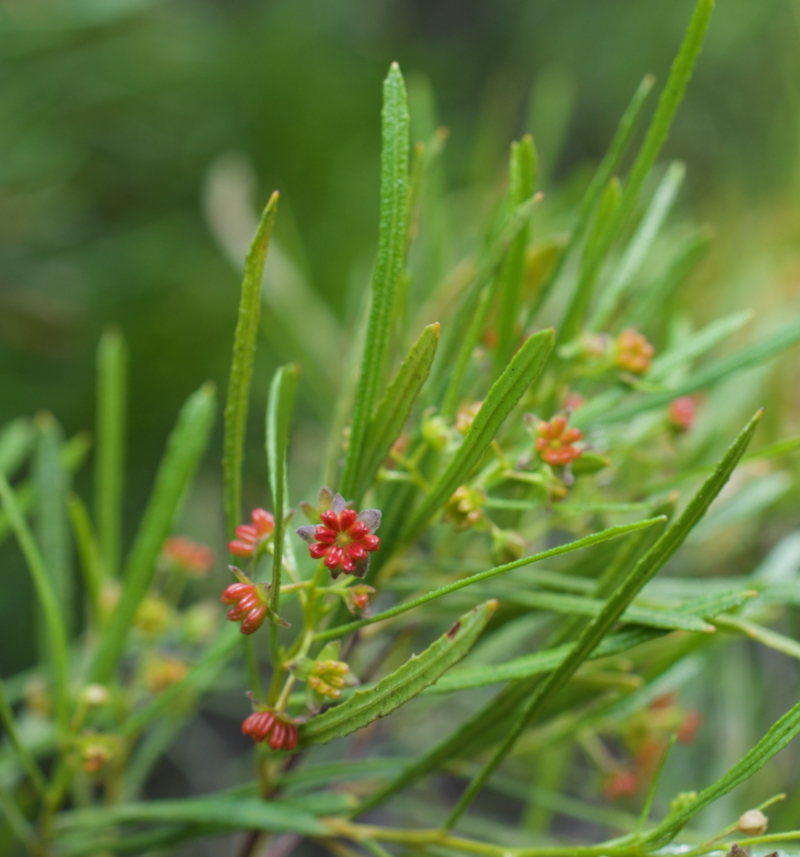
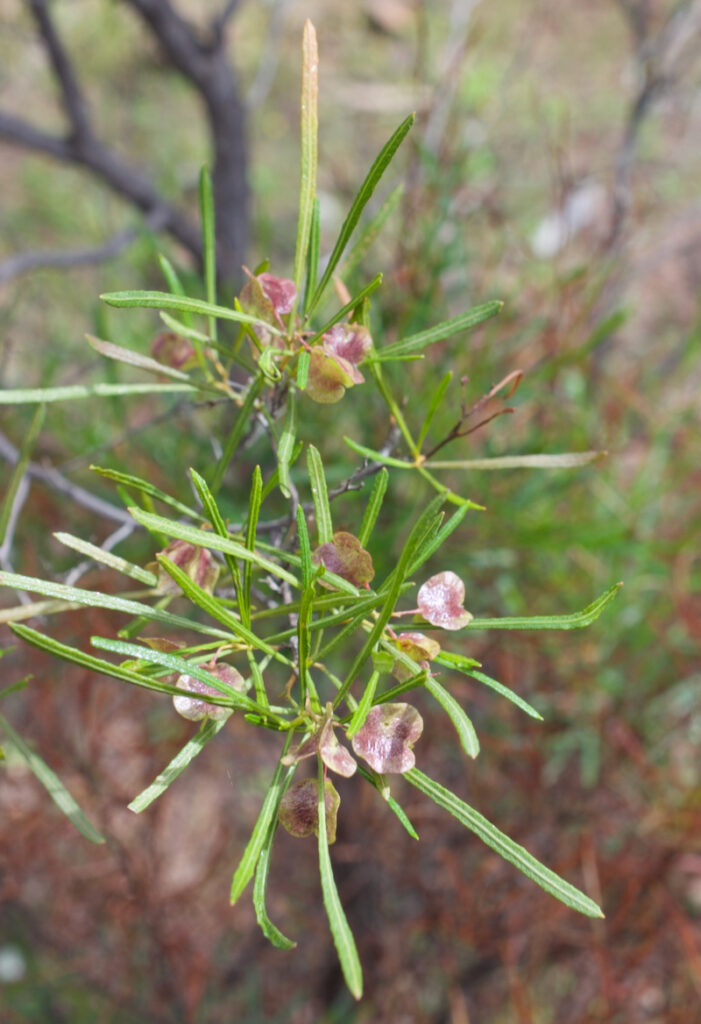
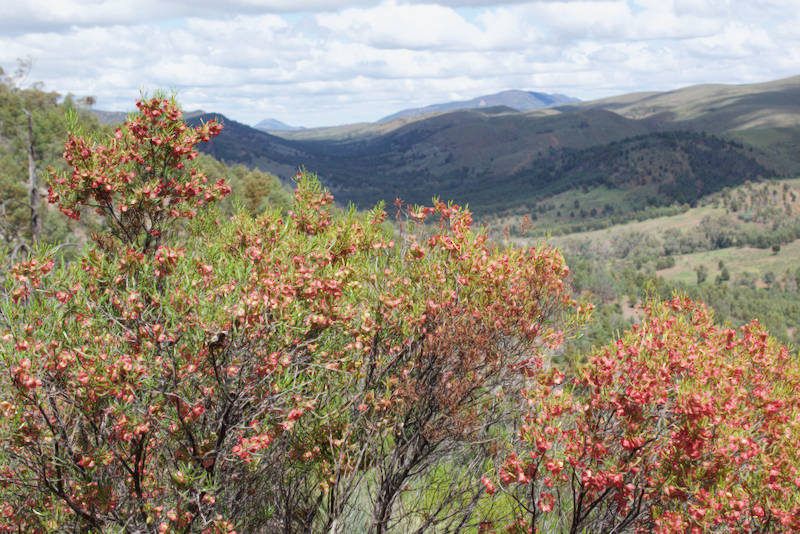
Flower variation of Eremophila alternifolia, commonly known as Scented Emu Bush or Narrow-leaved Fuchsia-bush.

Limestone Copperburr (Sclerolaena obliquicuspis) in fruiting in two colour variations side by side in Copley in winter. A small sprawling shrub, 20cm high, with white hairs on leaves, stems and the base half of fruit spines.
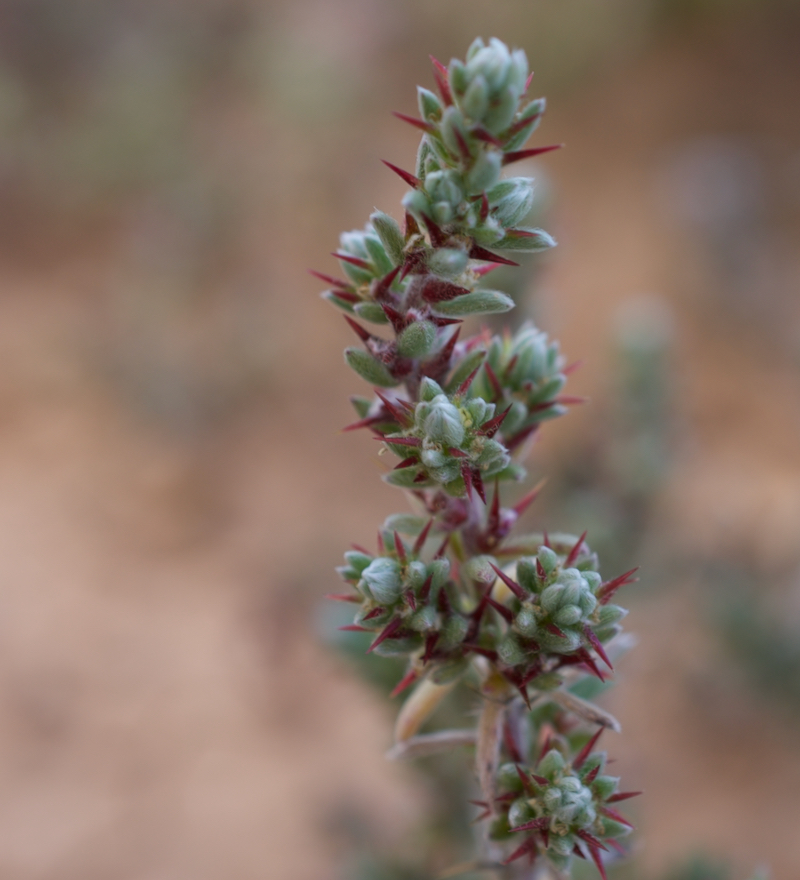
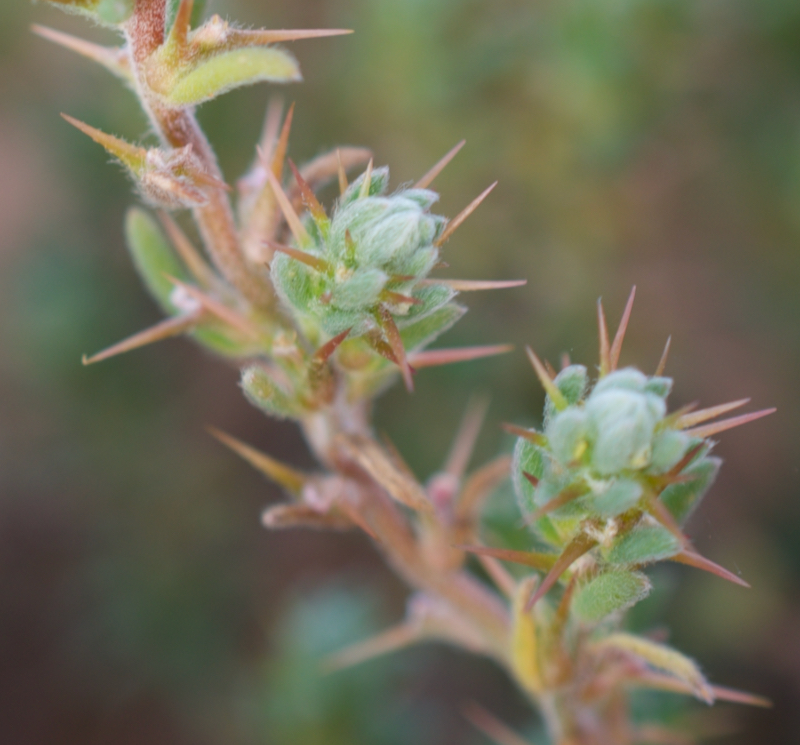
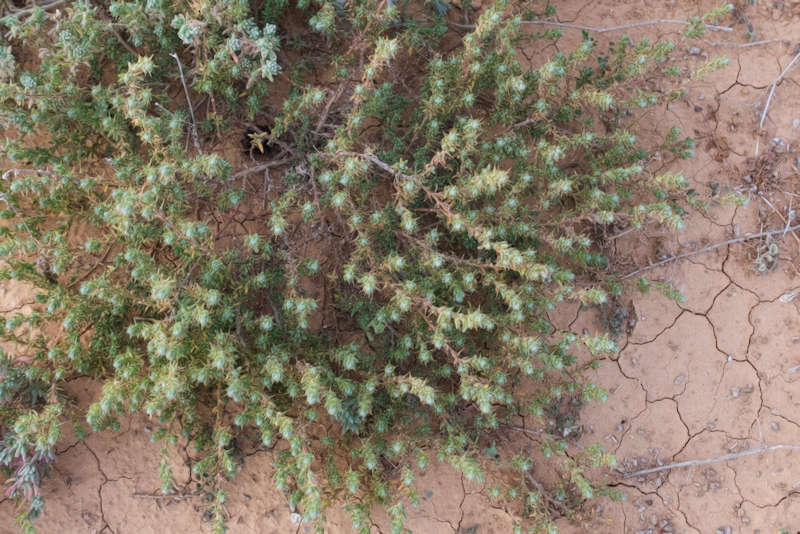
Maireana astrotricha, the Low Bluebush, is a compact pale blue grey bush growing amongst Black Bluebush on the limey clay plains of Copley. Coppery pink to red coloured fruit has a single slit.
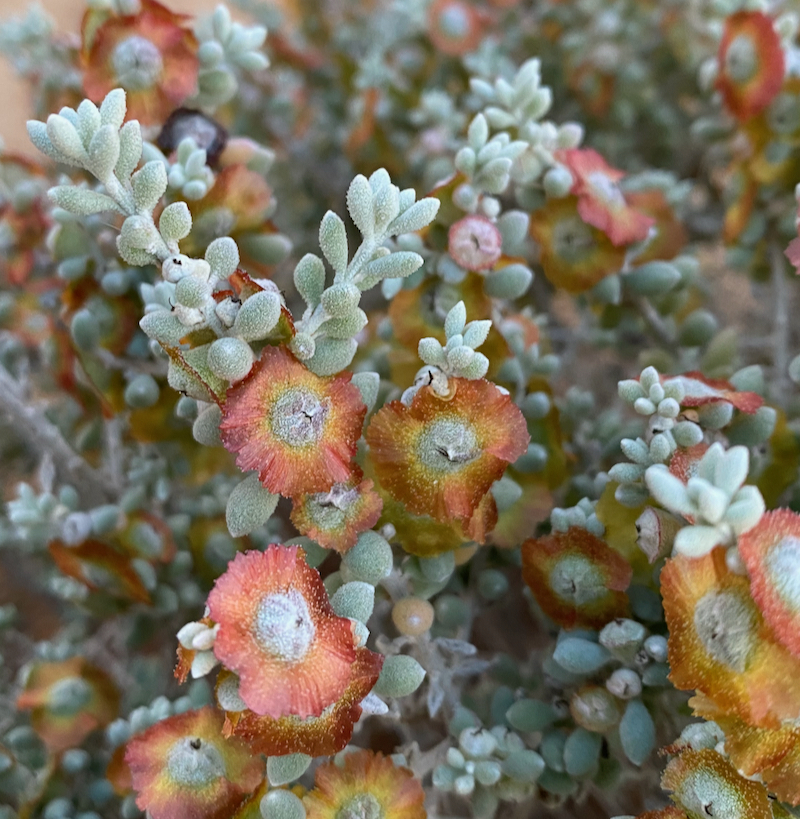
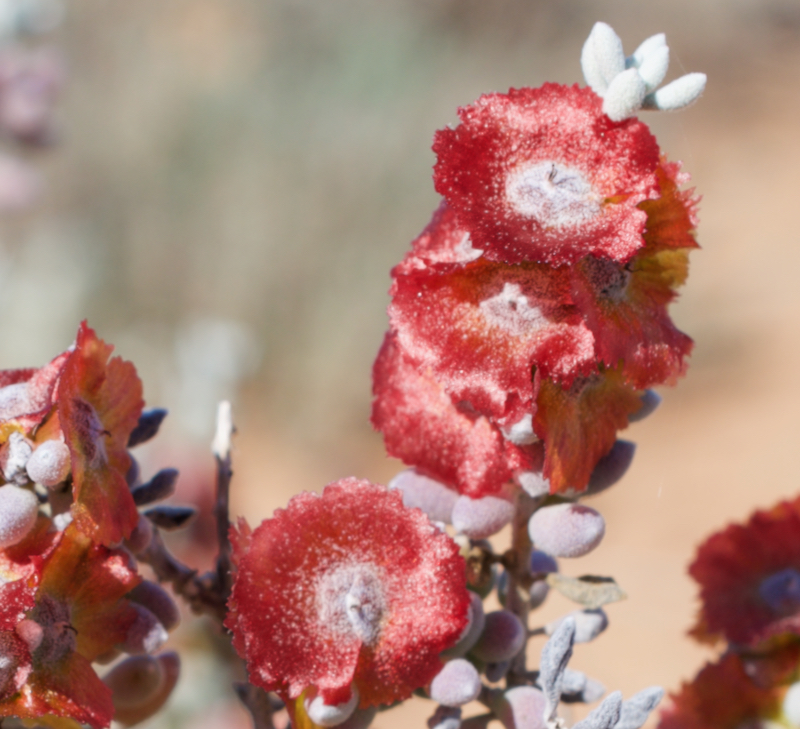
These pom-pom-like formations (1-2cm across) on Ruby Saltbush are galls created by a type of Diptera Midge infestation which is one of several species hosted by specific chenopods. These galls impede flowering and fruiting of the plant, instead hosting the Gall Midge which lays eggs into the new flower bud. Larvae then feed within the gall, the remains of which can be seen below.
